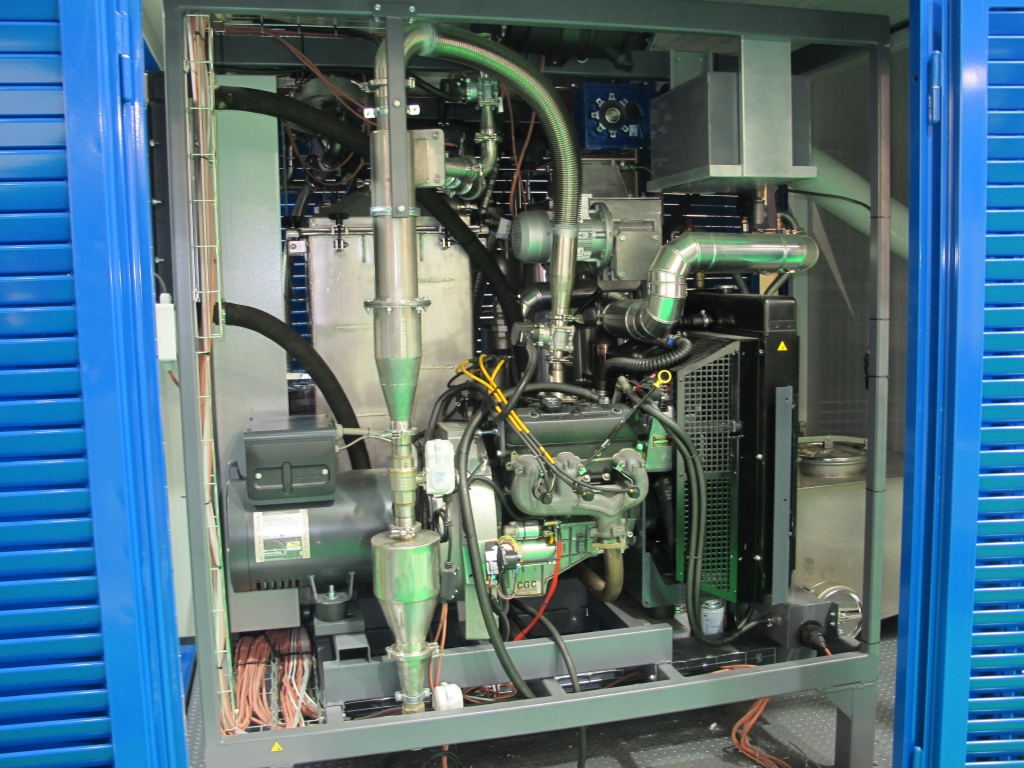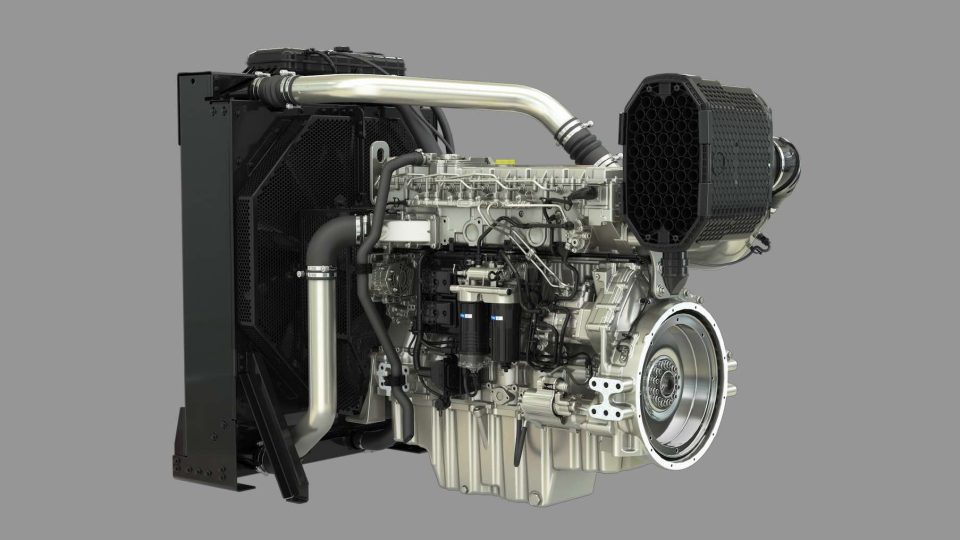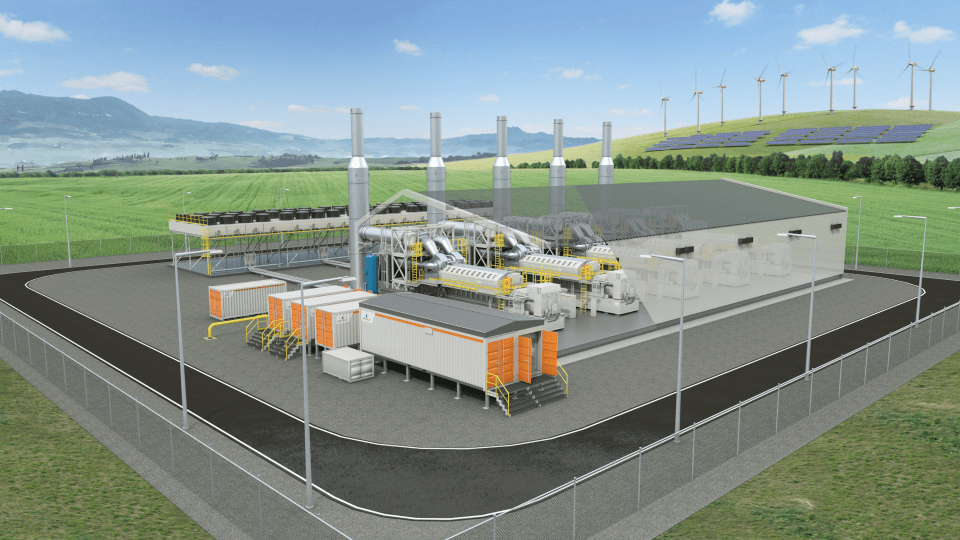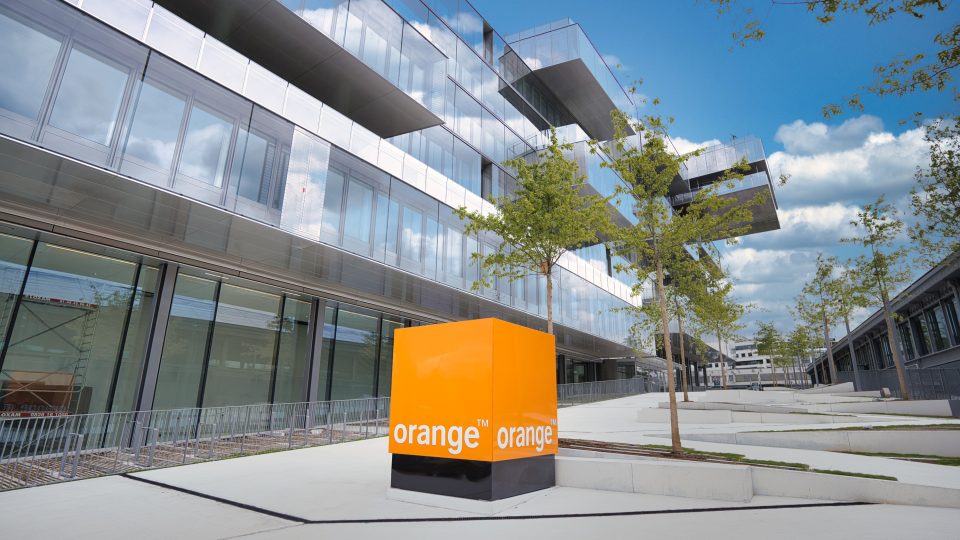CMD’s ECO20x micro-CHP system on display in Italy and China
CMD’s ECO20x micro-CHP system has been exhibited, almost at the same time, at two primary trade fairs, Key Energy in Rimini and China International Import Expo in Shanghai. The CHP (combined heat and power) system delivers up to 20 electric kilowatts and 40 thermal kilowatts generated by the product of gasification of residual wooden scraps. Such […]
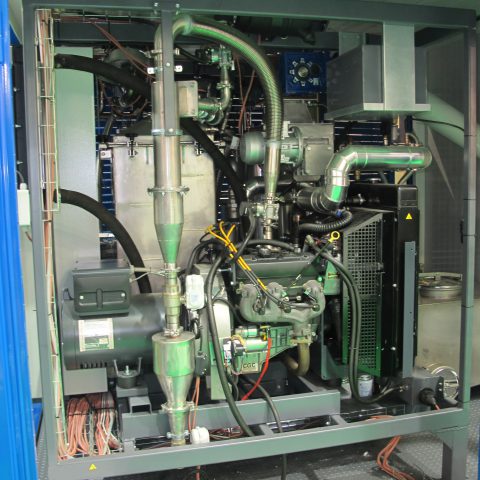
CMD’s ECO20x micro-CHP system has been exhibited, almost at the same time, at two primary trade fairs, Key Energy in Rimini and China International Import Expo in Shanghai. The CHP (combined heat and power) system delivers up to 20 electric kilowatts and 40 thermal kilowatts generated by the product of gasification of residual wooden scraps. Such a process converts solid biomass into a fuel gas mixture (syngas), basically made of CO, hydrogen and methane.
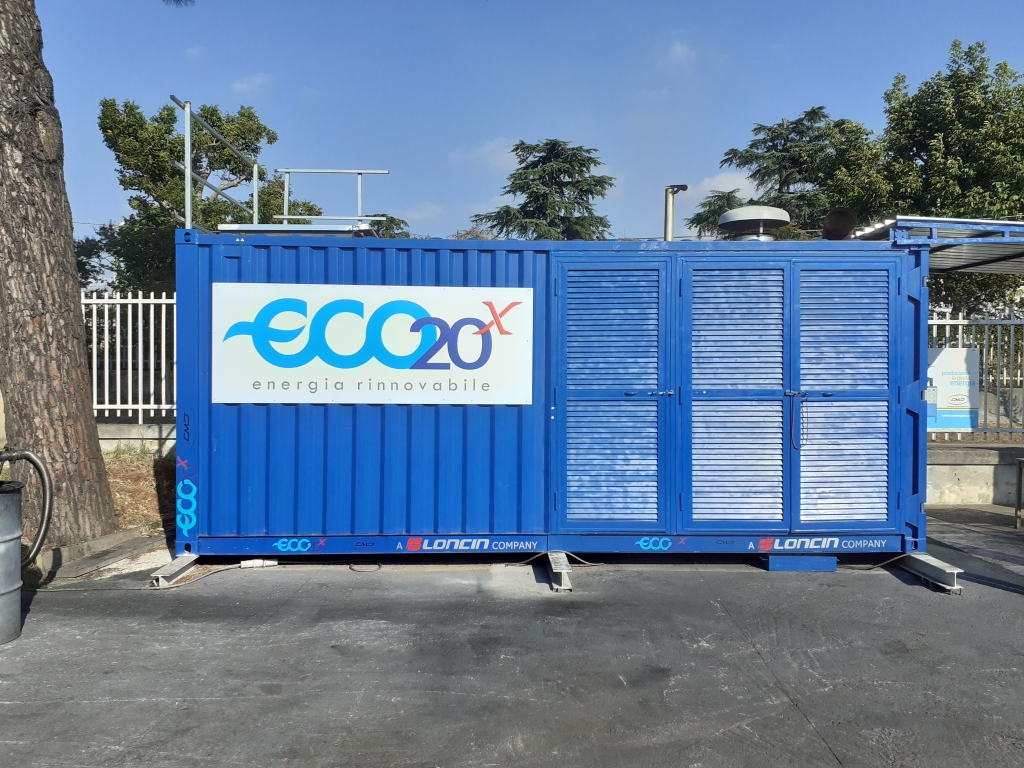
Integration of components in the CMD’s ECO20x
All the components are integrated into a containerized unit, i.e. storage hopper with biomass loading system, reactor, syngas cleaning system, ash and condensate removal systems, alternative internal combustion engine, alternator and heat recovery system equipped with heat exchangers. All managed in an automated way by an appropriate PLC. Only after cleaning process, fuel/air mixture is released to the internal combustion engine.
We asked Maurizio La Villetta, R&D Manager at Cmd, to go into more detail. Here the first part of the interview.
What about the engine?
The engine is a 6-cylinder aspirated one with V-architecture, characterized by a 4.3-litre displacement. Relying on our engine expertise, this engine has been suitably reconfigured, in some peculiar aspects (such as distribution, compression ratio, ignition management system, carburation system and so on) for syngas operation.
Syngas, compared to conventional fossil fuels, such as methane, tends to produce deposits, such as dust and tars, which could affect, over time, the engine operation. In this sense, in addition to intervening on the more purely technical aspects regarding the engine itself, we have created and customized an innovative engine lubricant, specially calibrated for use with syngas. Sometimes the same operators ignore the fact that the use of an inadequate lubricant could be badly coupled with the effects of particulate and tar present in the syngas, thus causing damage, even important, to the engine. We have therefore developed a compound that allows us to extend the continuous operation of the engine, also contributing to the cleaning of the surfaces involved.
Stay tuned on DIESEL Web to read the rest of the interview soon.
